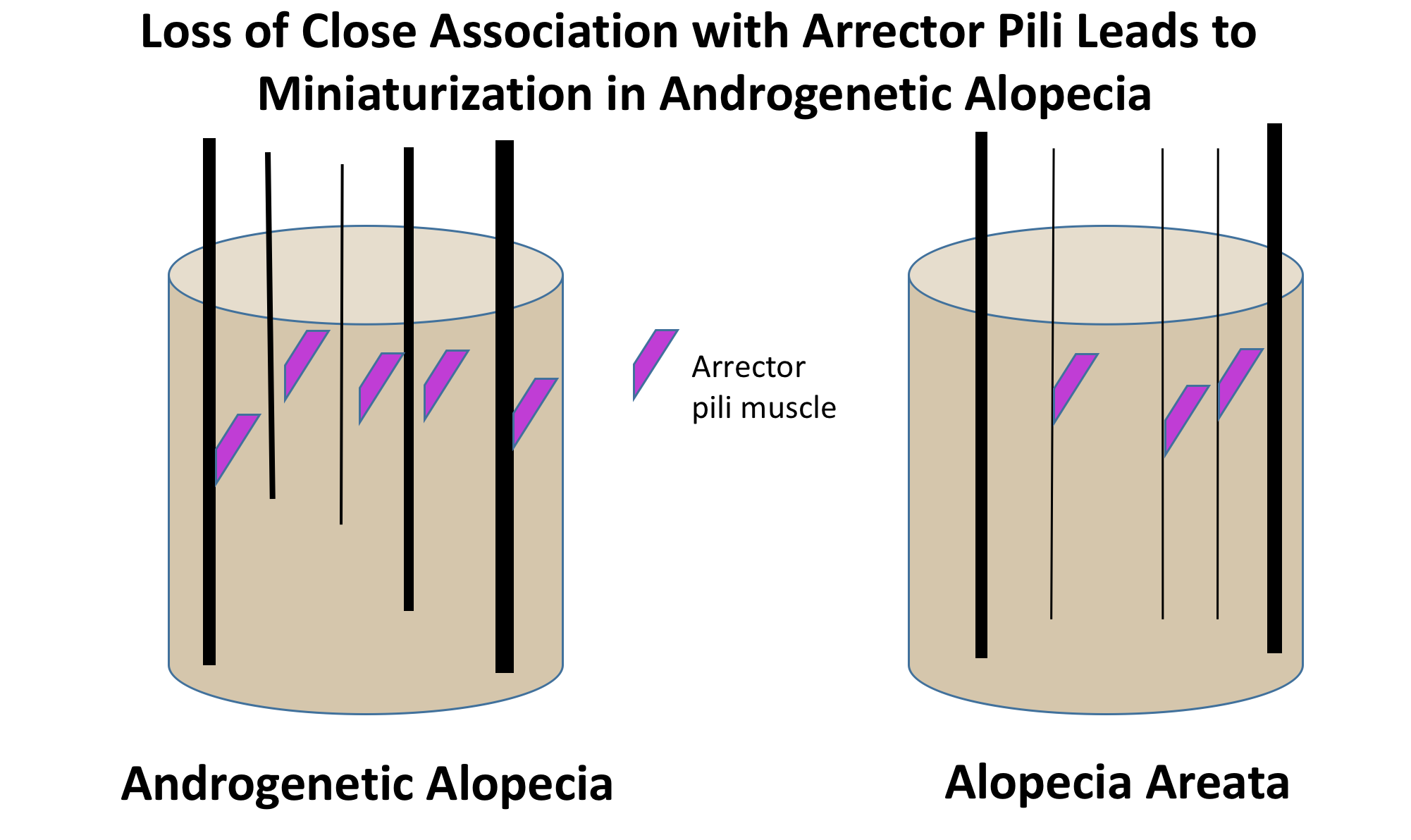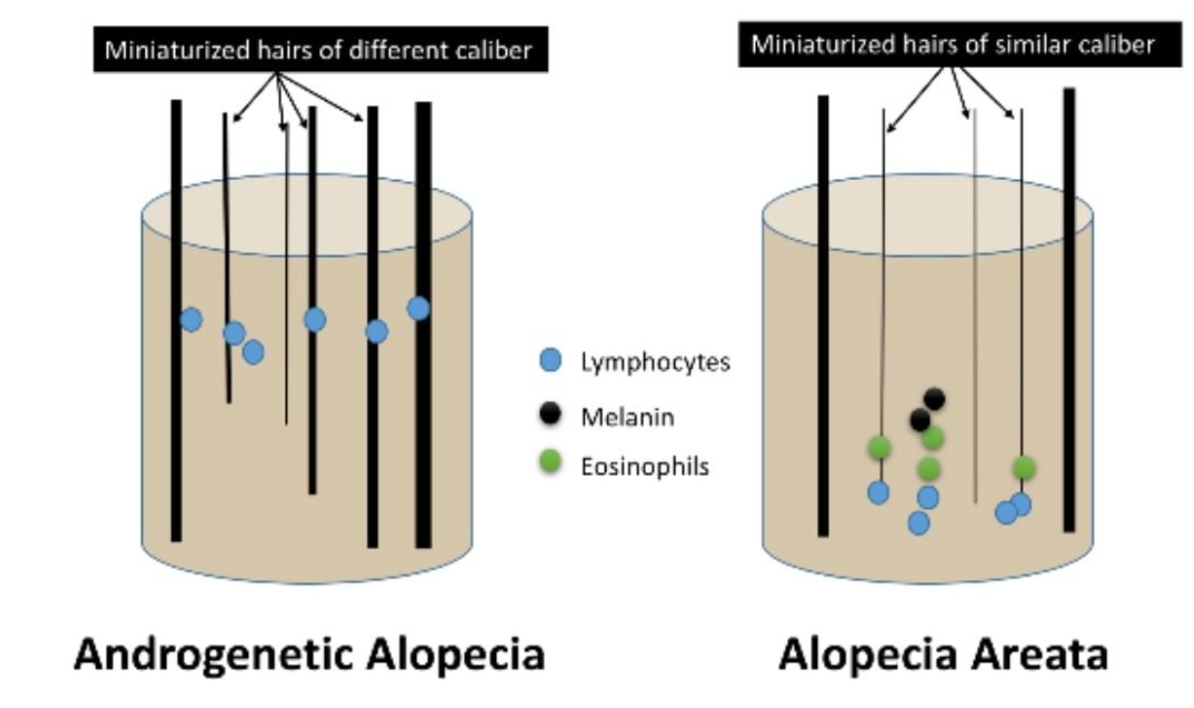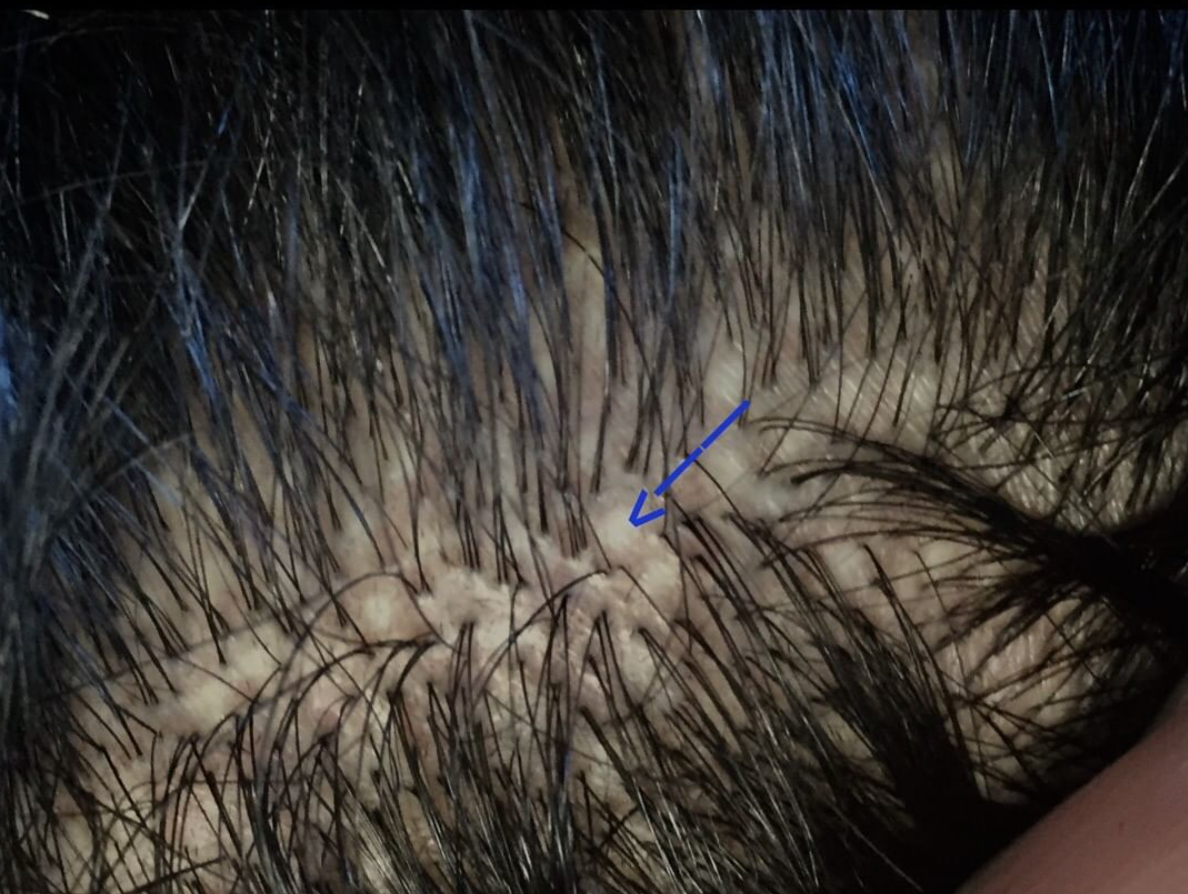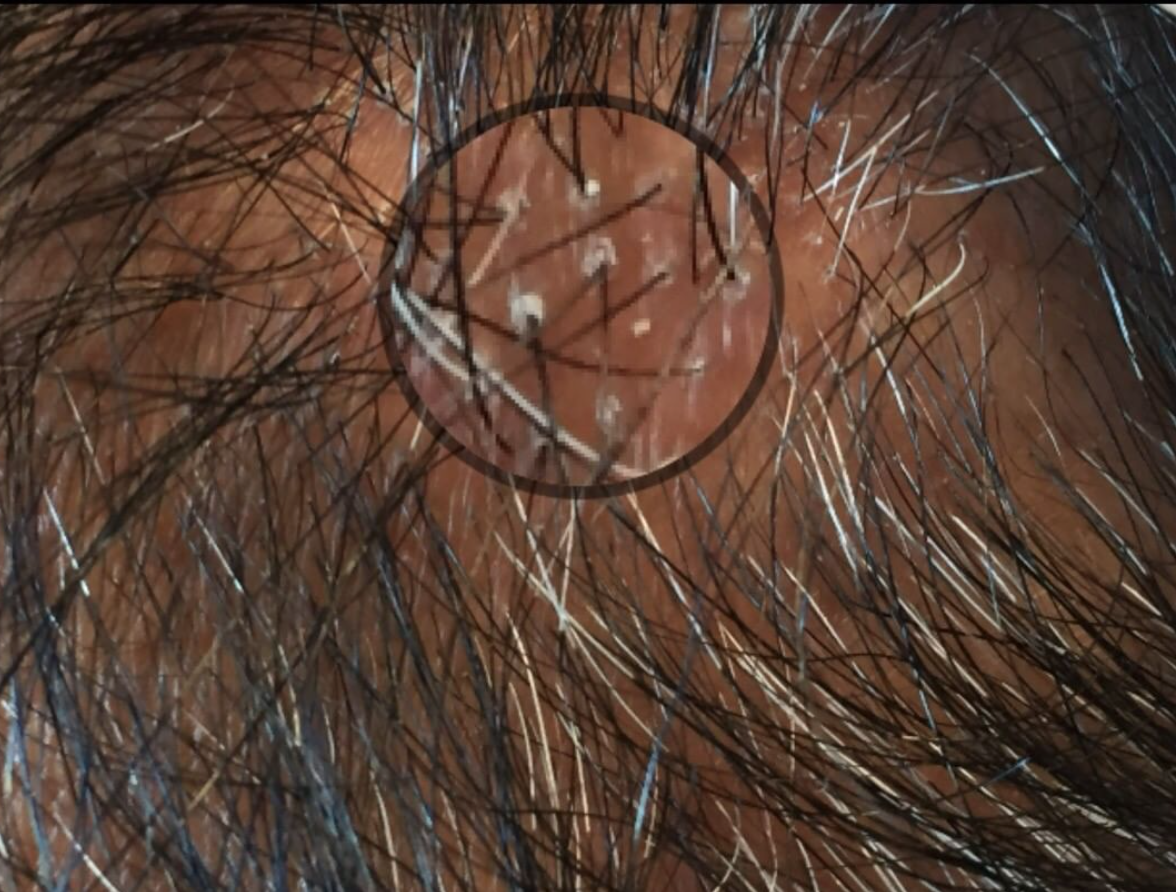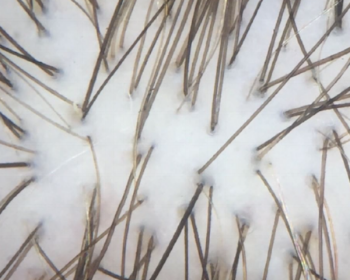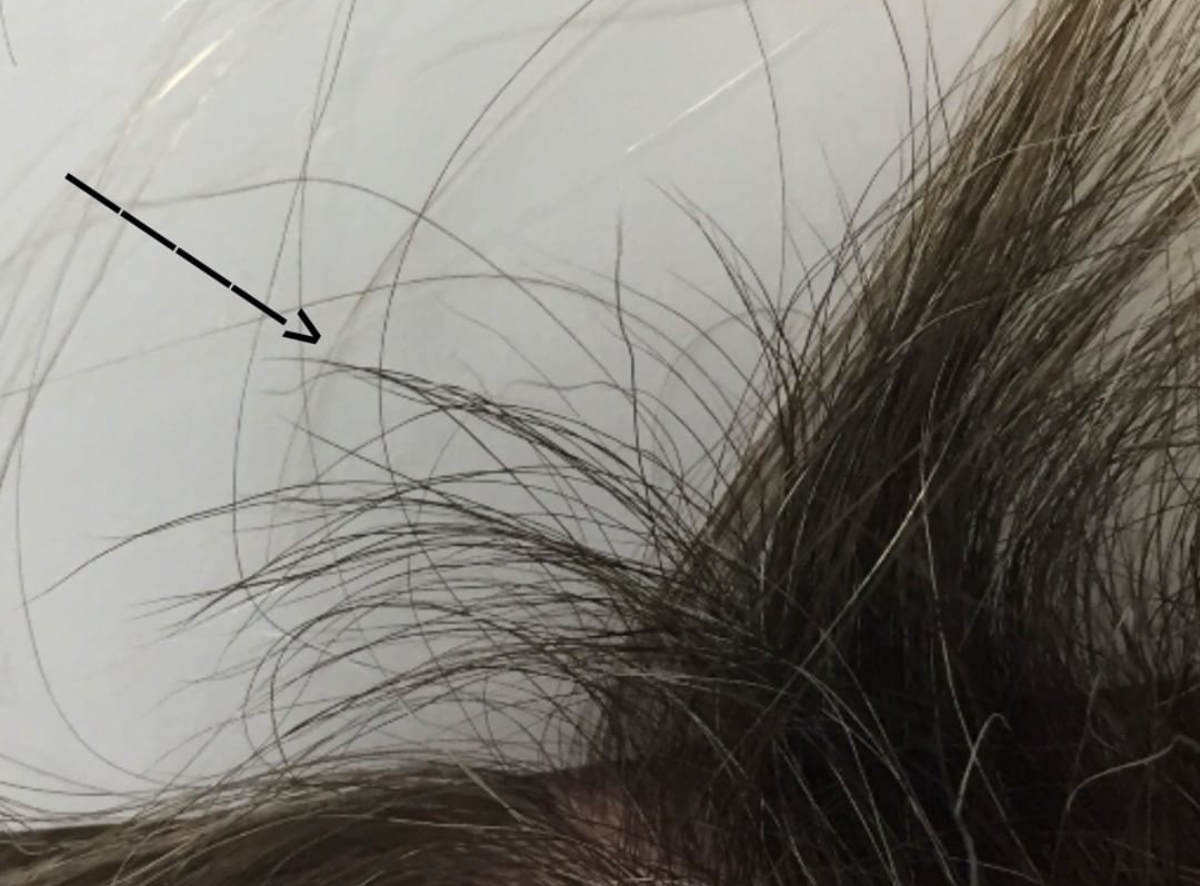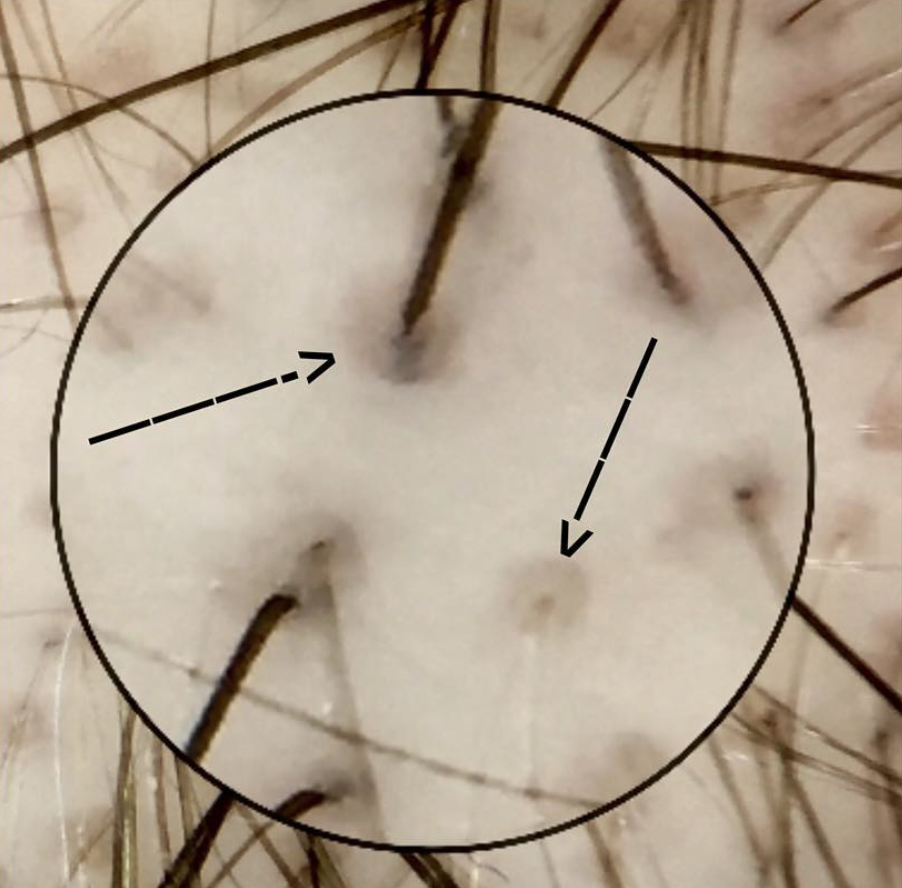The first step in deciding on what vaccines to administer comes from understanding the patient’s previous vaccination history and exposures. If there are certain childhood vaccines that the adult has never received, consideration should be given to administering these.
Vaccination should always be carefully reviewed with patients BEFORE starting immunosuppressive therapies. A number of vaccinations should be considered in patients with alopecia areata or scarring alopecias who are considering starting immunosuppressive agents. In general, one should speak to their physician about whether or not vaccination is needed for five infectious conditions: herpes zoster (Iive vaccine), HPV (recombinant vaccine), influenza (killed vaccine), hepatitis B (killed vaccine) and pneumococcus (killed vaccine). If so, these vaccines should be administered at least 4 weeks prior to starting the immunosuppressive agent.
1. Influenza vaccine (killed) - recommended for most before starting
Influenza infection can be a serious disease and sometimes fatal. The influenza vaccine can reduce morbidity and mortality from this infection. When we speak of the flu shot - we are typically referring to the inactive killed vaccine. It is important however to remember that there are two influenza vaccines: an Intranasal live attenuated influenza vaccine (LAIV) and inactive influenza vaccine (IIV)/trivalent inactivated vaccine (TIV). Patients on immunosuppressive medications should not receive live vaccine.
The intramuscular attenuated vaccine is the vaccination is the vaccination that should be administered on a yearly basis. For patients who have demonstrated previous anaphylactic reactions to eggs in the past, there are recombinant flu vaccines available that lack ovalbumin.
These vaccinations can be re-adminsted yearly even for hair loss patients on tofacitinib, ruxolitinib and other immunosuppressive agents.
2. Pneumococcal vaccine (killed) - recommended for most before starting
The pneumococcal vaccine protected against infections with the bacteria S. pneumonia. The polysaccharide vaccine in adults protects against 23 serotypes. This is the common vaccine used in adults (i.e. Pneumovax). Conjugate vaccines are also available for adults. Normally these vaccines are given in childhood (4 vaccinations) and then repeated 5 years after the first vaccination. A lifetime revaccination dose at age 65 years or above.
3. Herpes zoster vaccine (live) - administered on a case by case basis
The zoster vaccine is a live attenuated vaccines to prevent shingles (herpes zoster) and may be appropriate for some individuals before starting immunosuppressive therapies. It is approved for individuals 50 years or older regardless of whether they have chickpox or shingles in the past. The zoster vaccine should be administered AT LEAST one month prior to receiving immunosuppressive therapy to reduce the chances of viral activation. Other live vaccines are shown in the list below.
4. Human papilloma virus HPV vaccine (recombinant) - administered on a case by case basis
HPV is the most common sexually transmitted disease in the world. Cervical cancer contributes to 8 % of all cancers in women worldwide. HPV is a clear risk for for cervical cancer. One in four individuals in the United States are infected with HPV. The HPV vaccines may be appropriate for some individuals before starting immunosuppressive therapies on a case by case basis. Current recommendations in Western countries include women through age 26 and men through age 21. In general, protocols are in place to vaccinate adolescents age 11 or 12 (two vaccination 6-12 months apart). Teens older than 14 years need three vaccinations over 6 months. Also, three doses are still recommended for people with certain immunocompromising conditions aged 9 through 26 years. Other patient subgroups (men who have sex with men, transgender adults, and young patients with immocompromsing medical condition) may slo benefit.
How best to vaccinate patients on immunosuppressants is not known and is therefore done on a case by case basis. Patients who do not fall in the above risk categories should speak to their physician.
5. Hepatitis B Vaccine - administered on a case by case basis
Recommendations for Hepatitis vaccination differ from country to country according to the prevalence of Hepatitis B in the country. In general, vaccination with Hepatitis B is appropriate for those at high risk. This includes health care workers, IV drug users, and those with multiple sexual partners in the last 6 months.
Patients who May be Considered for Hepatitis B Vaccination
1) Polygamous relationship (those with more than 1 sex partner during the last 6 months)
2) Persons seek evaluation or treatment for a sexual transmitted disease
3) Current or past IV drug users
4) Men who have sex with men
5) Health care workers who are exposed to blood or potentially infectious body fluids
6) All diabetics younger than 60
7) Diabetics over 60 years (at discretion of doctor)
8) End stage kidney disease
9) Chronic liver disease in those with HIV
10) Household contract of those with BSAG positivity
11) Clients and staff members of institutions for those with developmental delay
12) International travellers to counties with high Hepatitis B infection
5. Tetanus and diphtheria - administered on a case by case basis
Tetanus and diphtheria (Td) is recommended as part of the childhood DTaP 5 series injection. Revaccination is recommended every 10 years. If a patient has not had a tetanus shot in the last 10 years, it’s a good idea to have it before starting immunosuppression.
A note on Live vaccines
The following is a helpful list of live vaccines which must not be administrated to patients on immunosuppressants. If vaccination is needed, it should be done well ahead of starting immunosuppressants.
Part 2. Vaccines AFTER starting Immunosuppressive Agents
For patients already using immunosuppressive agents, non-live vaccines can be administered on a routine schedule.
A few helpful points:
1. THE ANNUAL FLU SHOT IS OKAY. In general, the routine administration of the seasonal influenza vaccine is recommended for hair loss patents using immunosuppressive agents.
2. MOST INACTIVE VACCINES ARE OKAY. Most inactive vaccines (recombinant, subunit, toxoid, polysaccharride, conjugated polysaccharide vaccines), conjugated pneumococcal (CPV), tetanus-diphteria-acellular pertussis- hemophilus influenza type B (Hib) -inactive polio (DTaB-Hib-IPV), inactive influenza, tetanus-diphteria-acellular pertussis-inactive polio (DTaB-IPV), Hepatitis B, Hepatitis A)] can be administered in accordance with routine vaccine schedules.
3. LIVE VACCINES SHOULD NOT BE GIVEN. Live vaccines (see list above) MUST be avoided in patients already using immunosuppressive agents. Live viruses can replicate in patients who have received immunosuppressants and this can bring about potential harm to the patient. The CDC states that oral polio virus OPV) should not be administered to any household contact of a severely immunocompromised person. Measles-mumps-rubella (MMR) vaccine is not contraindicated for the close contacts (including health-care providers) of immunocompromised persons.
Summary
Discussion about previous and future vaccinations is important for all patients about to start immunosuppressive agents. The pneumococcal and injectable (killed) influenza are the only two vaccines universally recommended in all cases of immunosuppression. The remainder are dealt with on a case by case basis. Another important principle is that live vaccines must never be given to patients who are receiving immunosuppressive medications.
REFERENCES
https://www.cdc.gov/mmwr/preview/mmwrhtml/00023141.htm. Accessed Jan 4 2019.
Lopez et al. Vaccination recommendations for the adult immunosuppressed patient: A systematic review and comprehensive field synopsis. Journal of Autoimmunity 2017.




